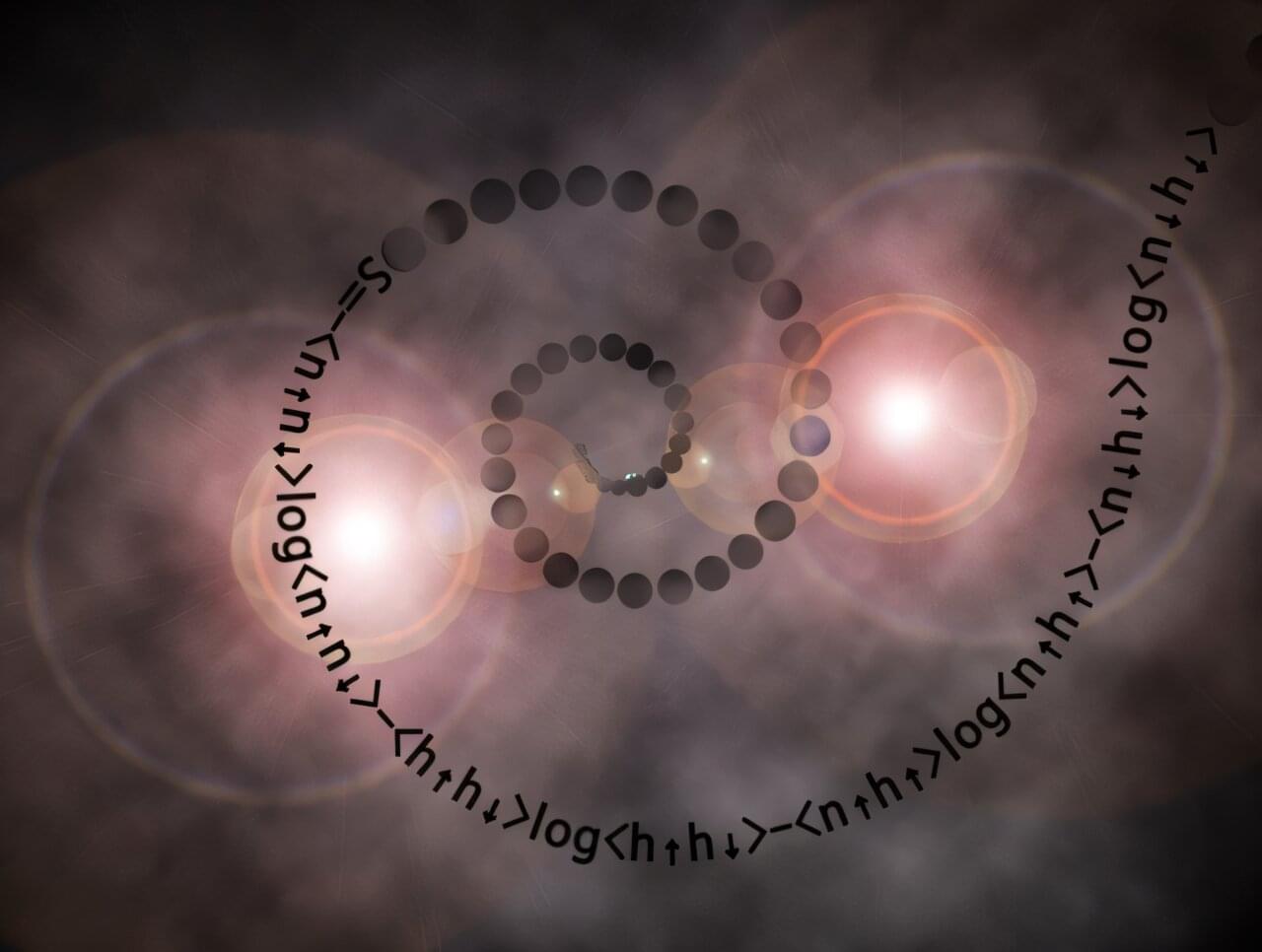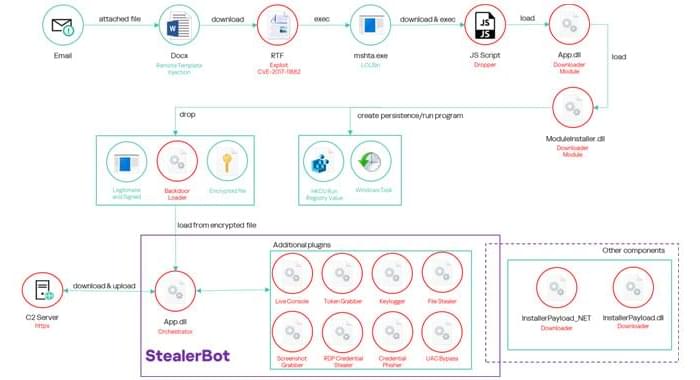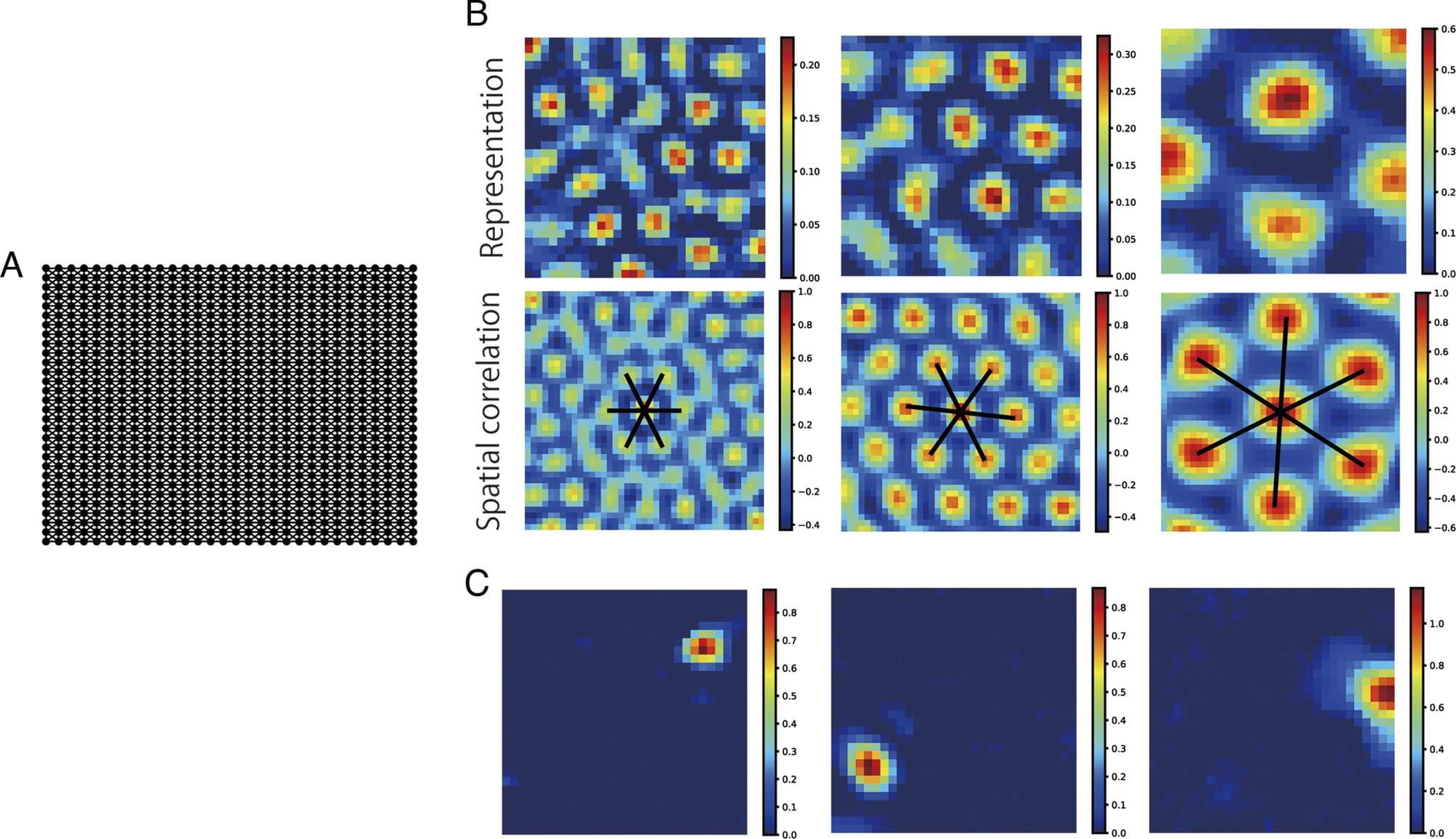Once described by Einstein as “spooky action at a distance,” quantum entanglement may now seem less intimidating in light of new research findings.
Osaka Metropolitan University physicists have developed new, simpler formulas to quantify quantum entanglement in strongly correlated electron systems and applied them to study several nanoscale materials. Their results offer fresh perspectives into quantum behaviors in materials with different physical characteristics, contributing to advances in quantum technologies.
The study is published in Physical Review B.





